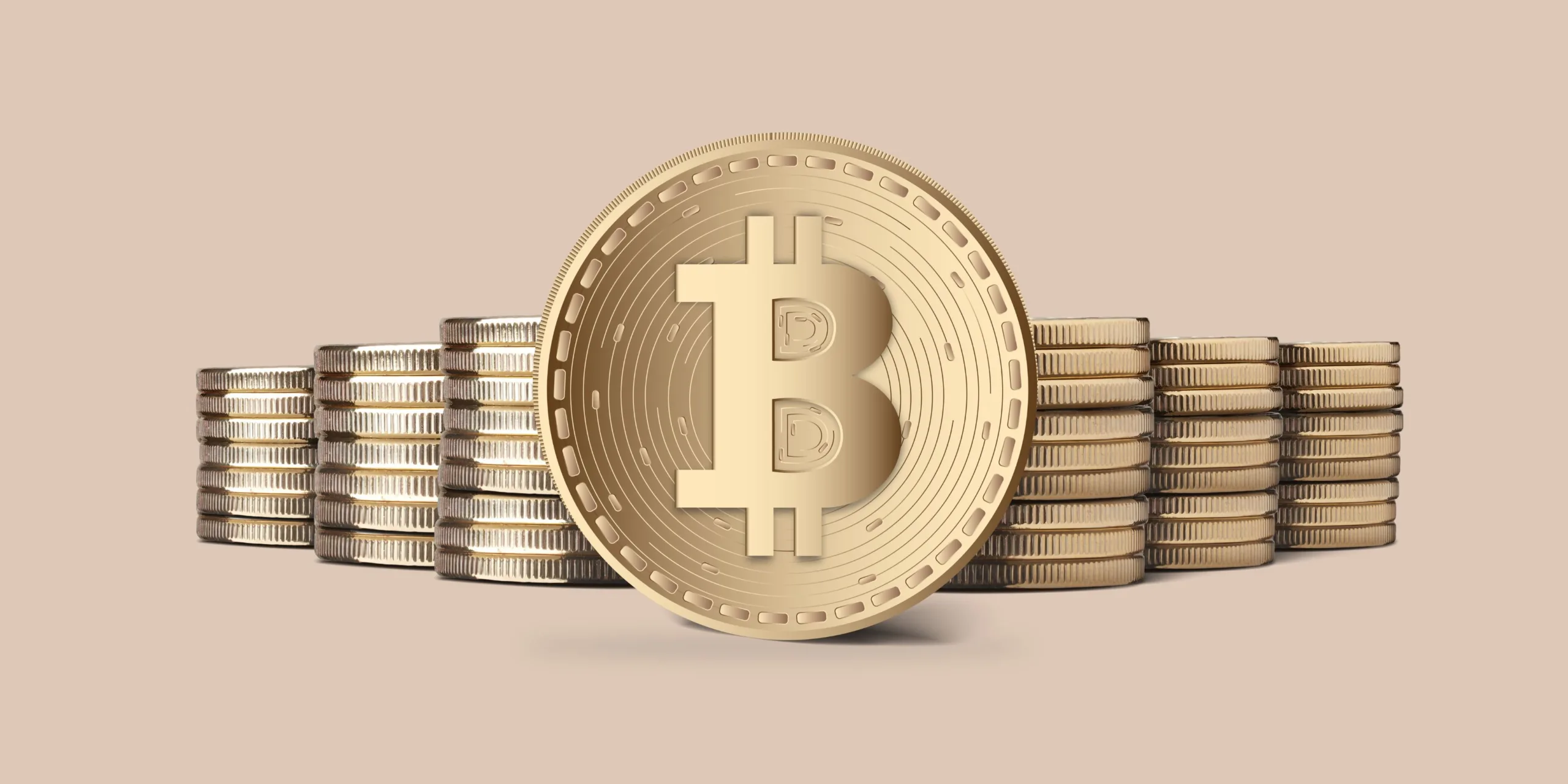
Bitcoin Halving: Darwinian Evolution in Cryptocurrency Mining
The cryptocurrency realm has been buzzing with anticipation and speculation surrounding the Bitcoin halving. For those immersed in the intricacies of blockchain technology and its flagship currency, Bitcoin, the halving event represents a pivotal moment. It’s a unique phenomenon ingrained in the very fabric of Bitcoin’s design—a process that occurs approximately every four years, reducing the rate at which new coins are created by half.
As the mining community braces for the imminent halving, a distinct narrative emerges—one steeped in Darwinian principles. Survival of the fittest takes on a new meaning within the mining ecosystem, where only the most efficient and adaptable miners are likely to thrive in the altered landscape.
The Essence of Bitcoin Halving
Bitcoin halving is programmed into its core protocol to ensure a controlled and finite supply of the cryptocurrency. With each halving event, the reward that miners receive for validating transactions on the blockchain gets reduced by half. Initially set at 50 bitcoins per block, the reward drops to 25, then 12.5, and so forth. This mechanism aims to mimic the scarcity of precious metals like gold and create a deflationary model for Bitcoin.
Impact on Miners
Miners, the backbone of the Bitcoin network, dedicate computational power to solve complex mathematical puzzles, thereby confirming and securing transactions. They receive rewards in the form of newly minted bitcoins for their efforts. However, halving events significantly affect their profitability.
The reduced block rewards force miners to adapt or perish. Those with inefficient operations or outdated hardware might find it increasingly unprofitable to continue. As profit margins shrink, operational costs become a critical factor. Only the most efficient miners, equipped with cutting-edge hardware and access to cost-effective energy sources, stand a chance to weather the storm.
Darwinism in Mining
The Bitcoin halving can be likened to a crucible, where miners face Darwinian selection pressures. Those unable to evolve or optimize their operations are likely to exit the mining landscape. This phenomenon isn’t merely about survival; it’s about thriving in a competitive arena where only the strongest and most adaptable survive.
Some miners might consolidate resources, pool their computational power, or seek innovative solutions to maintain profitability. Renewable energy adoption, strategic geographical relocation to access cheaper electricity, and technological advancements like more energy-efficient mining rigs become crucial strategies in this survival game.
The Future Landscape
While the immediate aftermath of a halving event may bring challenges, it also fosters innovation and resilience. The evolutionary pressures imposed by Bitcoin’s design propel the mining community towards optimization and progress.
Moreover, a reduced supply of new bitcoins historically correlates with upward price movements, potentially compensating for reduced mining rewards. This price speculation often serves as an incentive for miners to persist through the challenging times.
Conclusion
As the Bitcoin ecosystem braces for the impending halving, the concept of Darwinism in mining becomes increasingly apparent. It’s an ecosystem where only the most adaptable, efficient, and innovative miners can survive and thrive.
Ultimately, the Bitcoin halving isn’t just a technical event—it’s a catalyst for evolution within the mining landscape, shaping a future where only the most robust and forward-thinking miners emerge victorious in the competitive race for Bitcoin rewards.
Read our next blog: Emergence of NFTs
Bitcoin halving is an event that occurs approximately every four years, reducing the reward miners receive for validating transactions on the Bitcoin blockchain by half. This reduction is programmed into Bitcoin’s protocol to control its supply and create scarcity, similar to how precious metals like gold are scarce.
Bitcoin halving is designed to ensure a controlled and finite supply of bitcoins. By reducing the rate at which new bitcoins are created, it aims to mimic the scarcity dynamics of commodities like gold and establish a deflationary economic model for Bitcoin.
Miners play a crucial role in the Bitcoin network by using computational power to solve complex mathematical puzzles and validate transactions. During a halving event, their rewards in terms of newly minted bitcoins are halved. This reduction can significantly impact their profitability, forcing inefficient miners to adapt or exit the mining ecosystem
Reduced block rewards translate into lower profitability for miners. Those with outdated hardware or high operational costs may find it increasingly difficult to remain profitable. The challenge lies in optimizing operations, reducing costs, and upgrading equipment to maintain competitiveness in a halved reward environment.
Darwinian principles in Bitcoin mining refer to the survival of the fittest miners. In a halving scenario, only the most efficient, adaptable, and innovative miners are likely to thrive. This evolutionary pressure encourages miners to innovate, optimize energy use, and explore cost-effective solutions to remain competitive.

